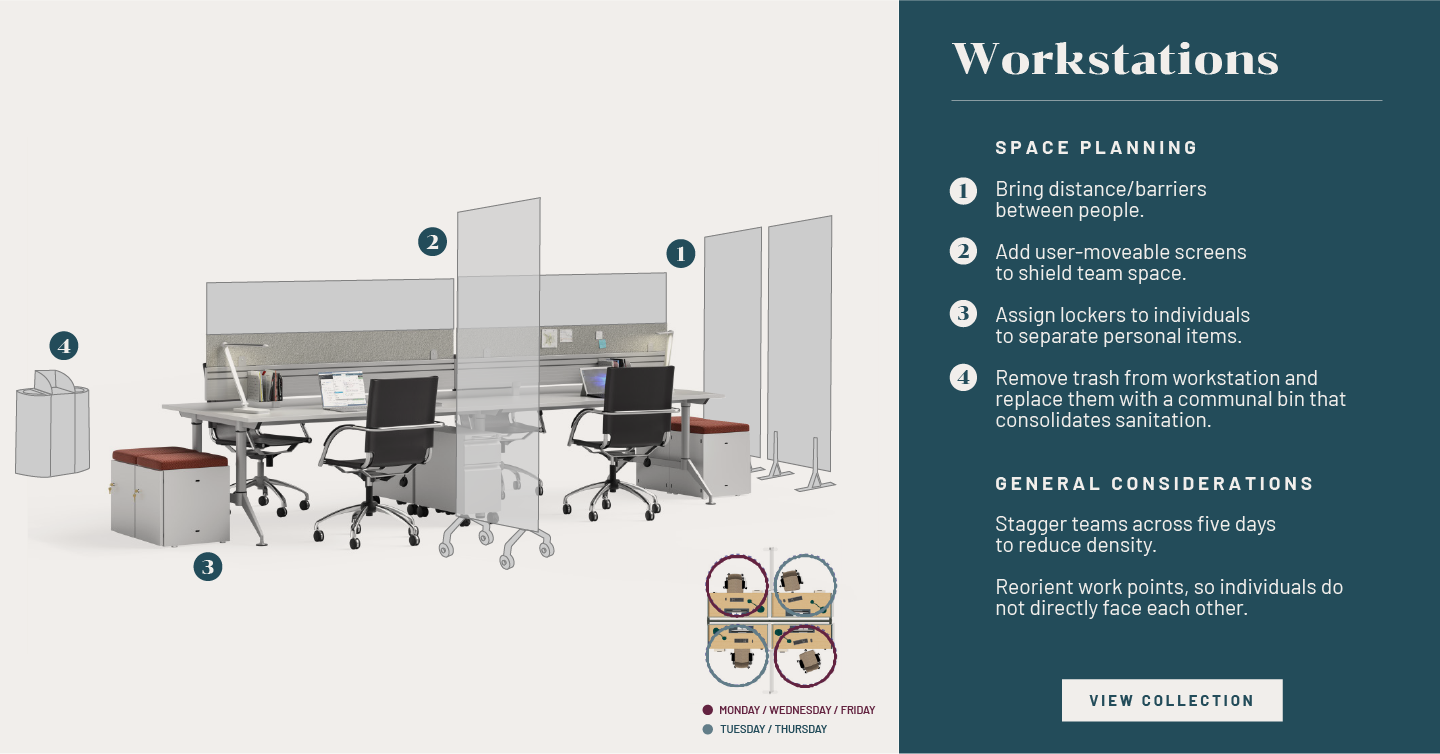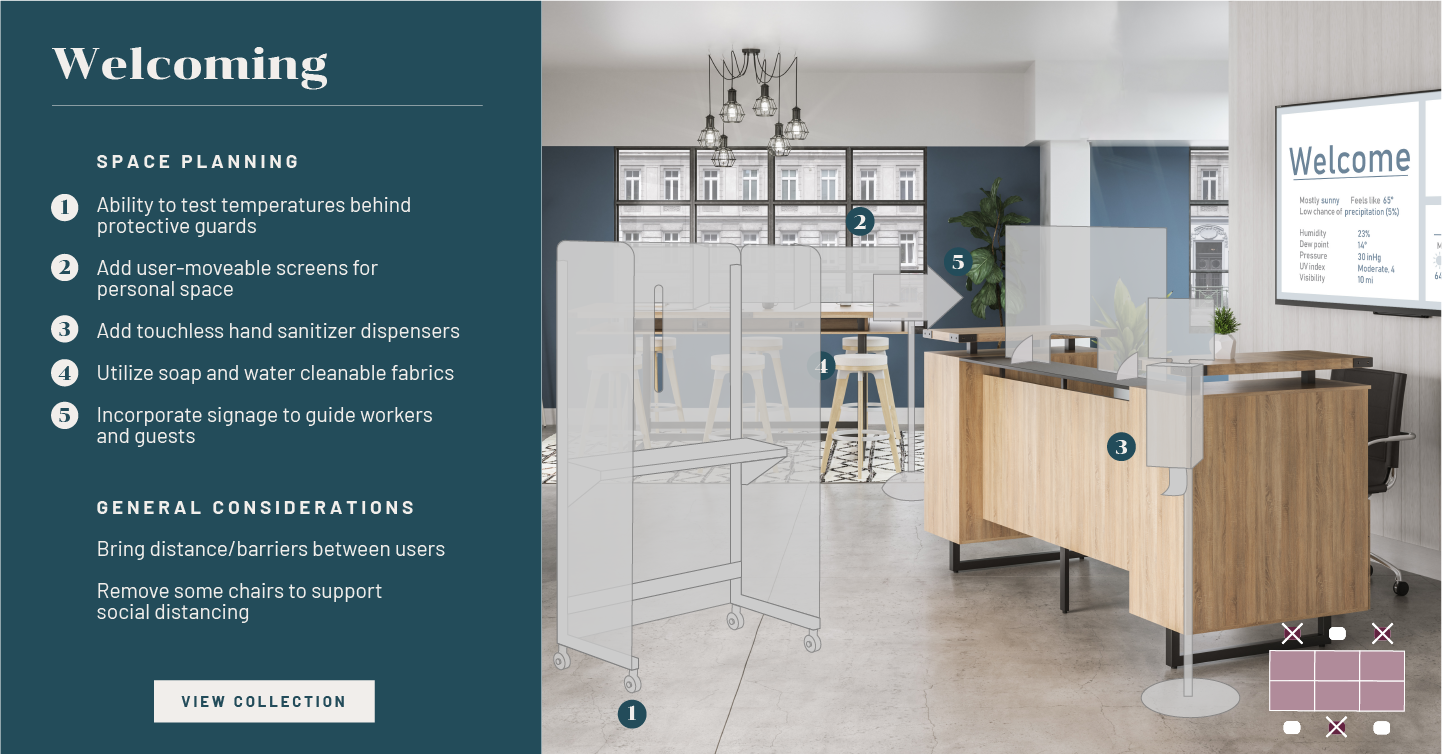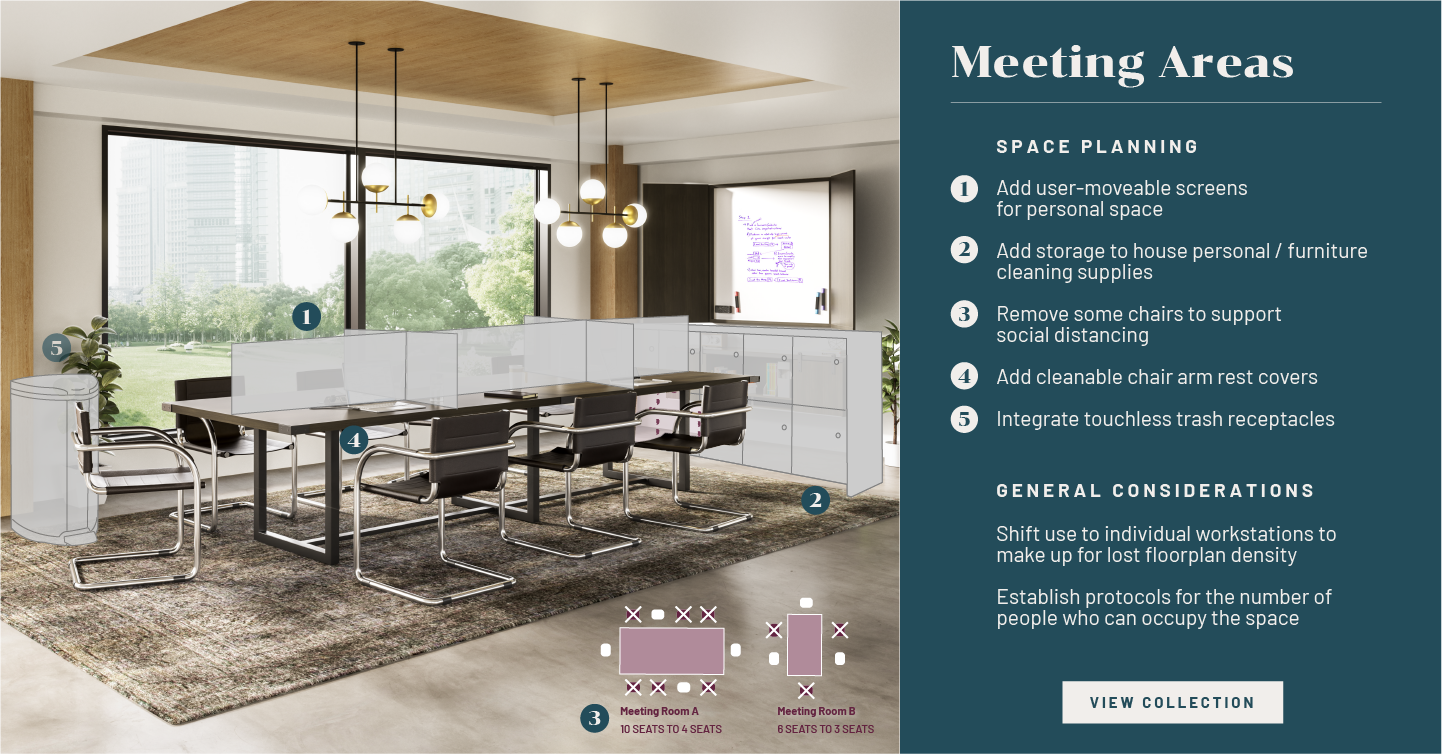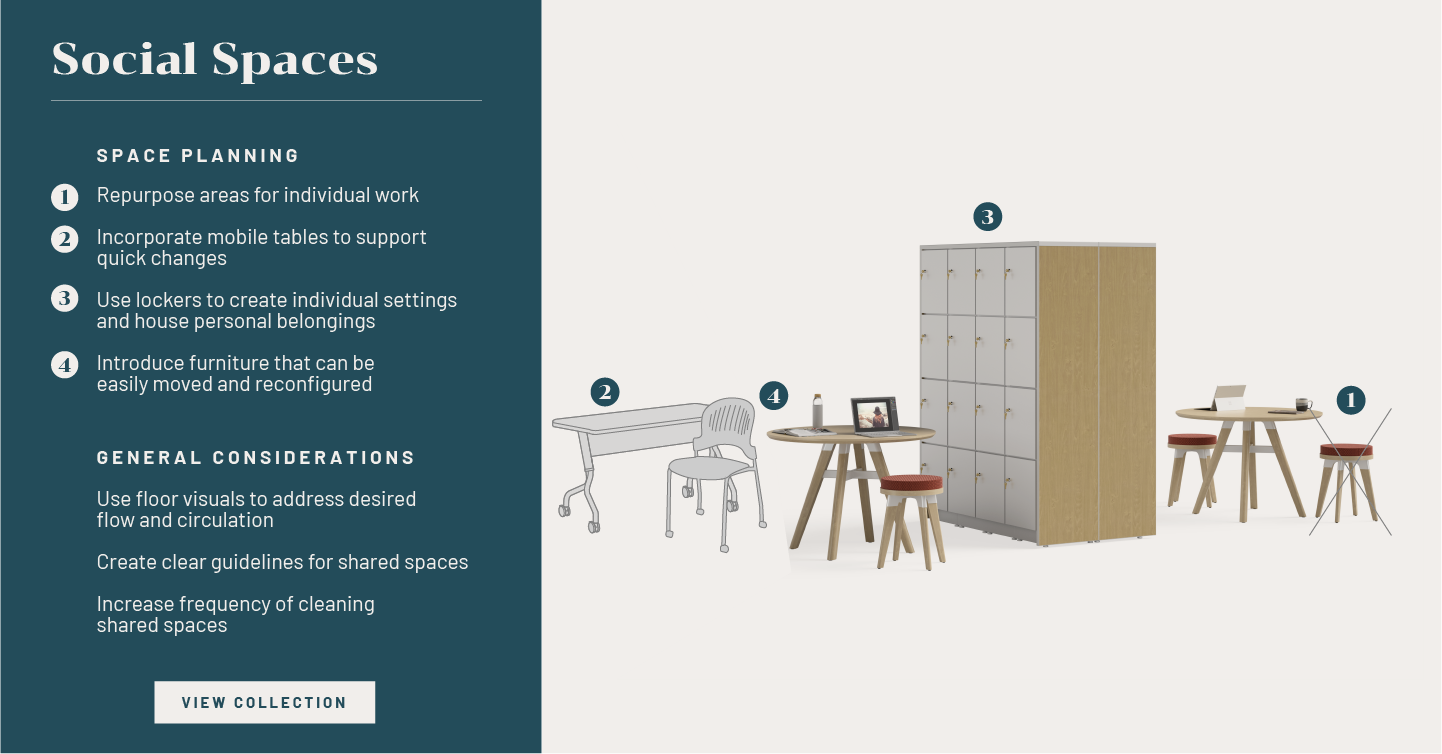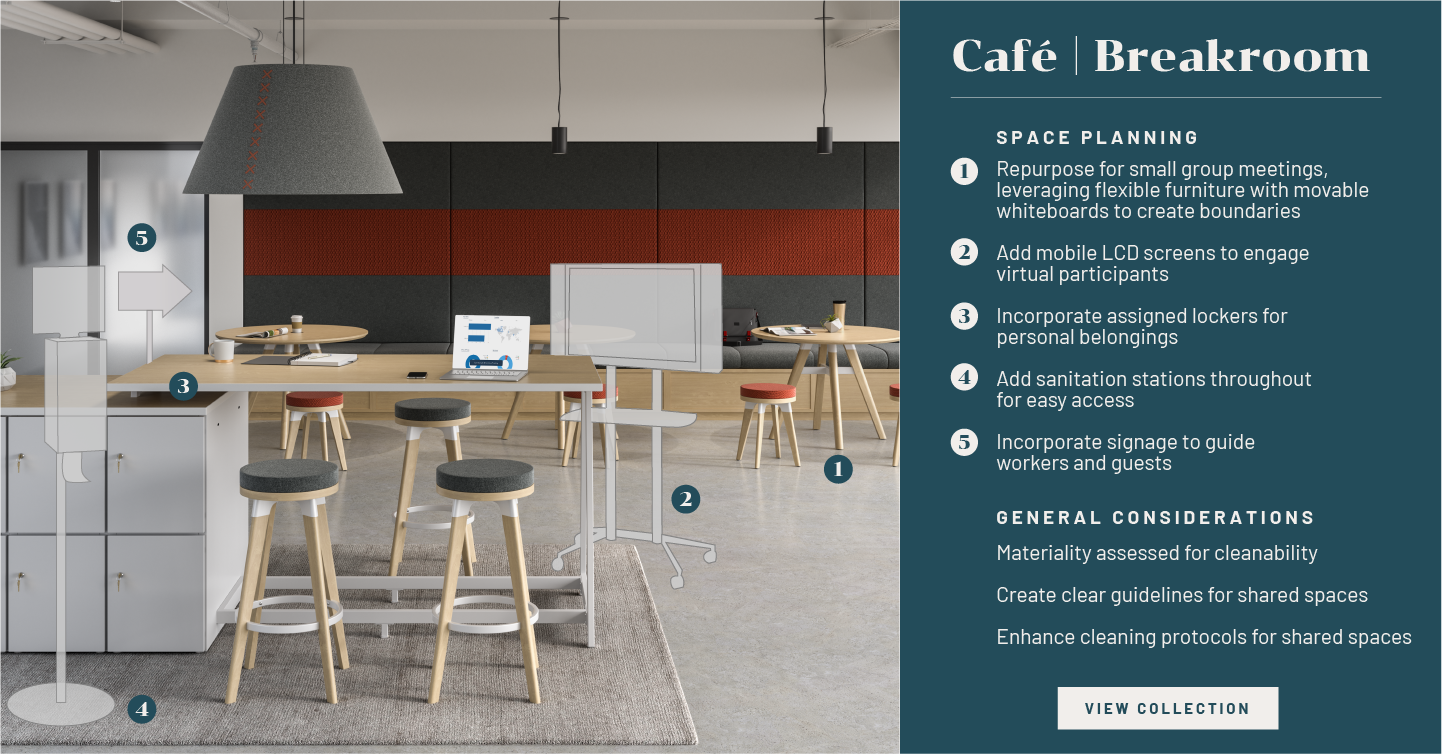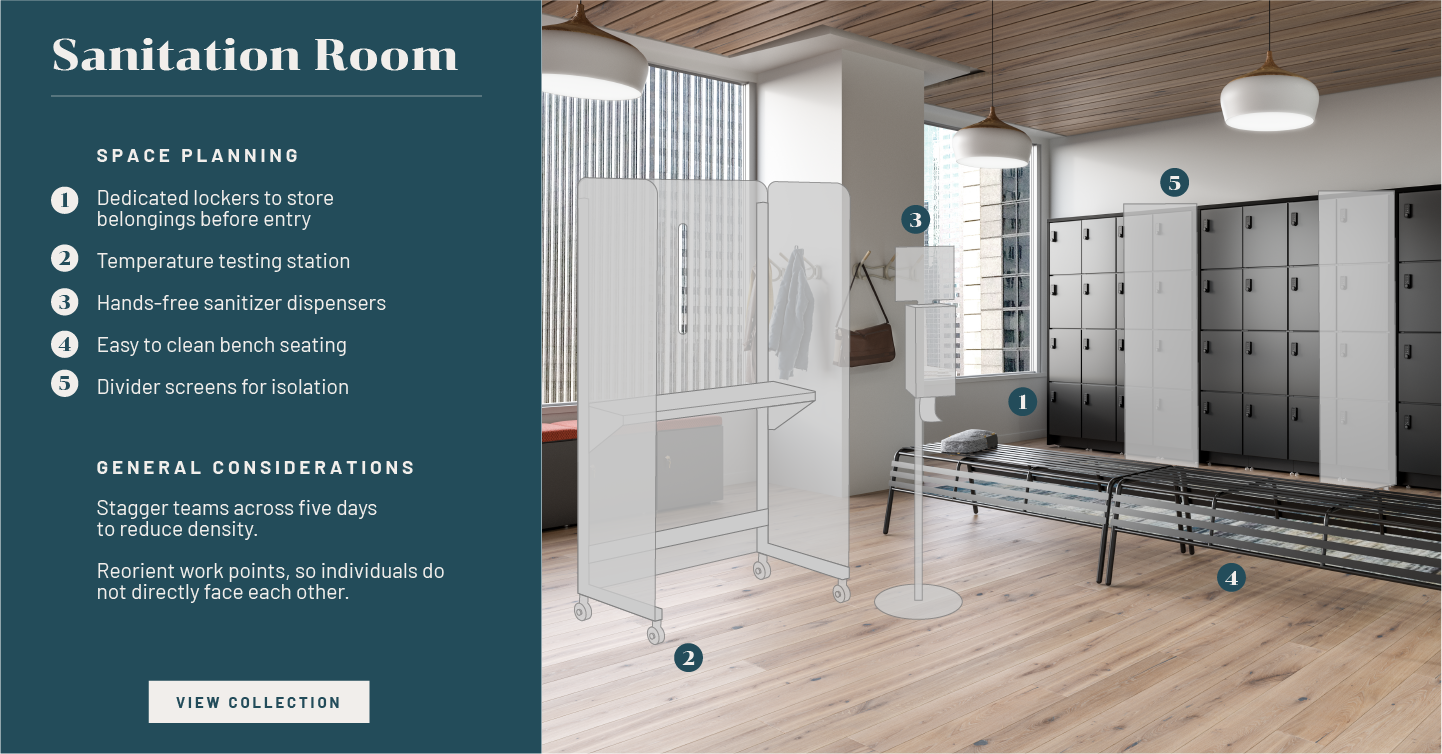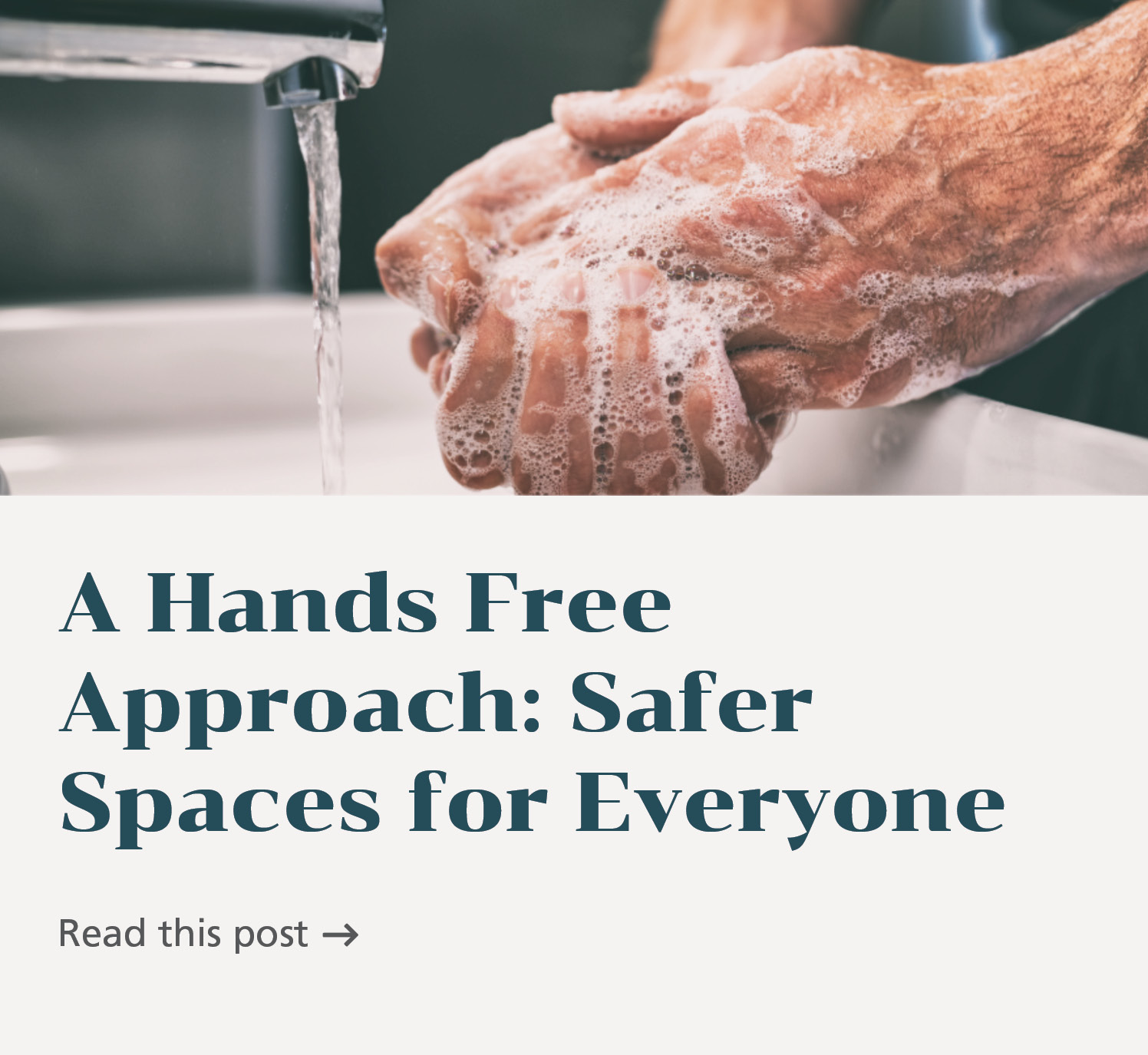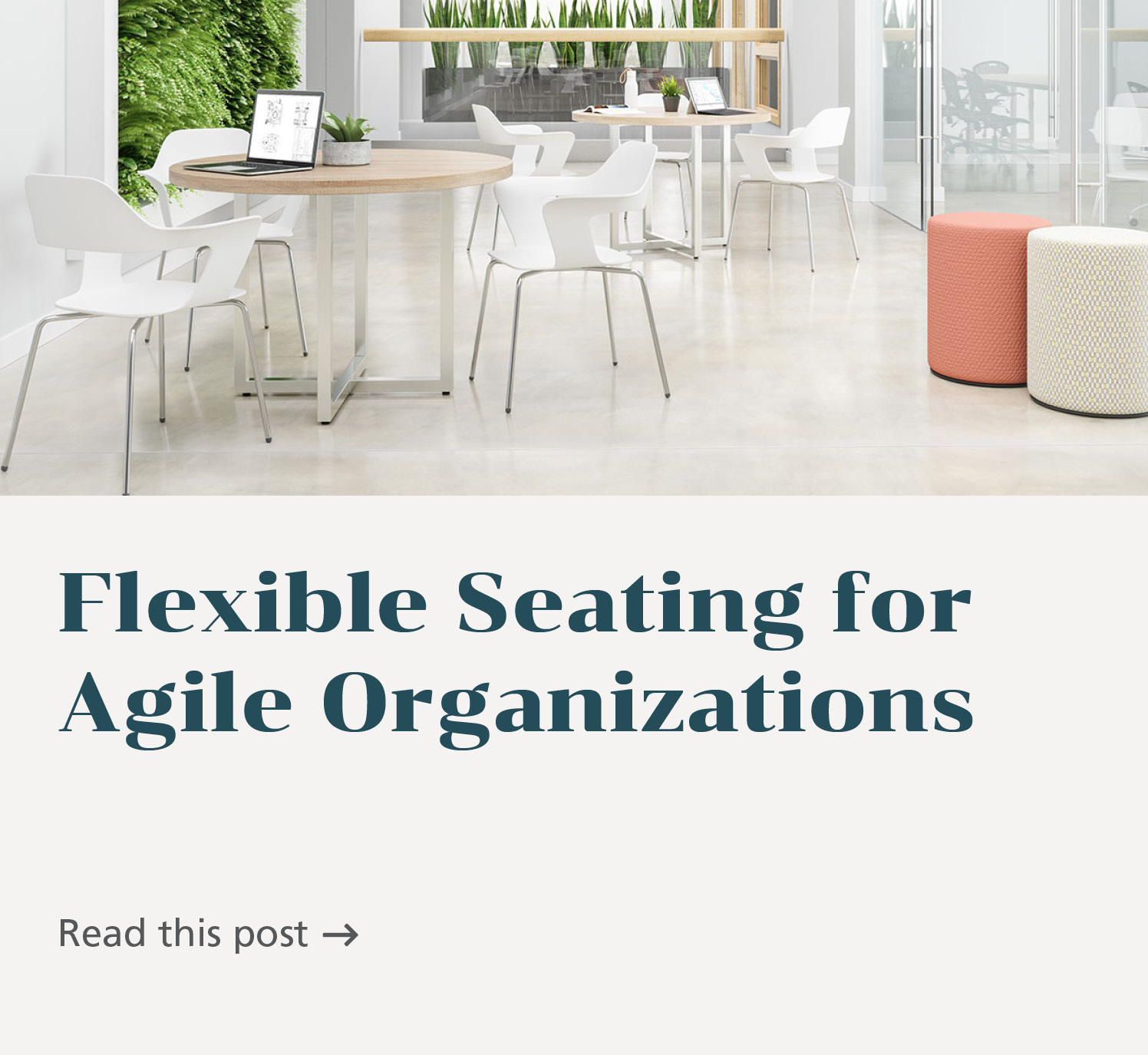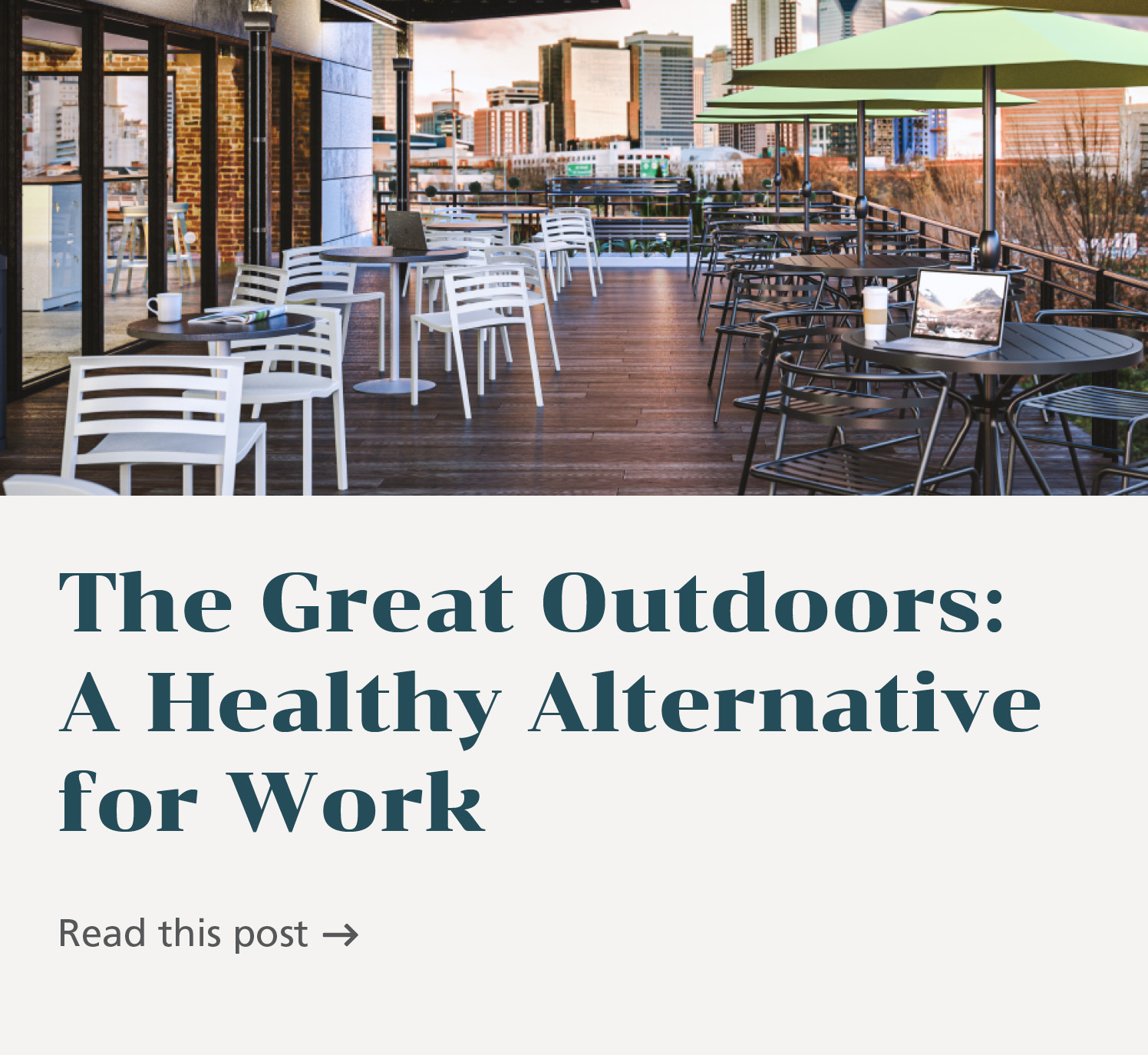-
Products
By Category
By Collection
- About Us
- Resources
- Perspectives Blog
- Sustainability
- Showroom Visit

Planning For The New Workday
As you welcome your team back to the workplace, your daily routines & office layout might need a few adjustments to keep workers feeling safe & healthy. Making small yet thoughtful changes doesn't need to break the bank but will go a long way in making employees feel respected & valued.

Develop a checklist to highlight what’s needed for compliance and worker safety.
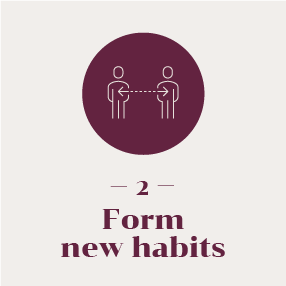
Consider multiple shifts and rotating schedules to reduce the number of employees within the same space.

Apply social distancing throughout the workplace through furniture spacing and orientation.
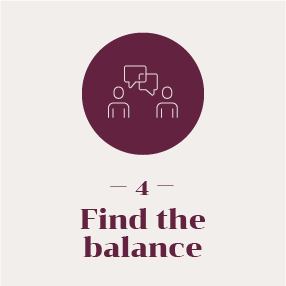
Offer options for virtual gatherings to bring larger groups together to collaborate.
Idea Starters
The following design consideration and thought starters demonstrate how to adapt existing settings for the Post-COVID workplace.
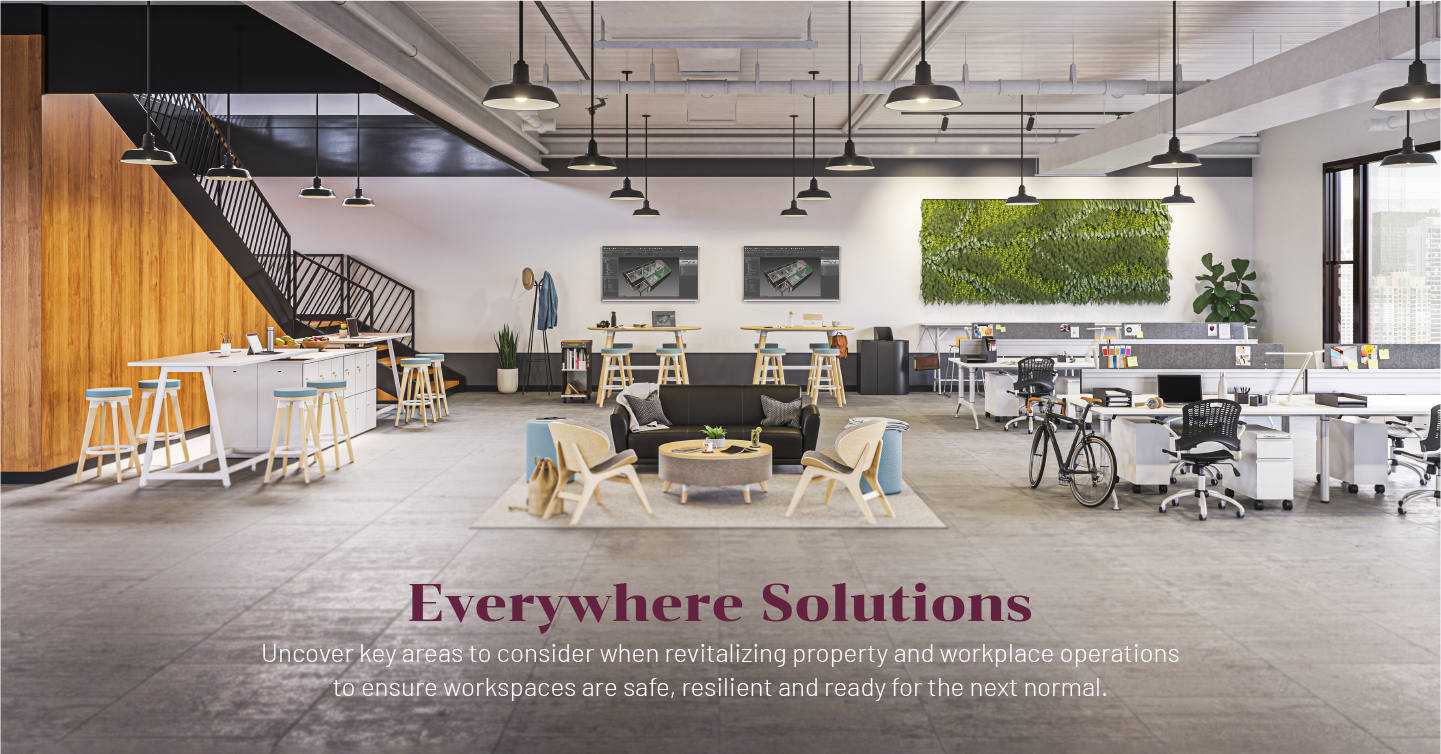
Protocols
Establish protocols controlling the number of people in the office and their proximity to each other, as well as expected cleaning practices to be performed by employees and cleaning staff. Consider advocating for masks to be used when interacting with others. Be sure to frequently communicate protocols for new work behaviors in multiple ways.
Cleanability
Make disinfectant wipes and sanitizer available to everyone and ask employees to clean shared spaces before and after use. For high-use and shared spaces, assess the cleanability of the furniture materials, and select smooth surfaces like laminate or glass that are easy to clean with bleach solutions.
Technology
Support a continued plan for remote work as needed, making sure that employees have the appropriate technology required to perform their jobs. Instead of in-person face-to-face collaboration, promote the use of virtual meetings by designating space to allow for video conferencing, especially when large groups need to participate.
Space Division
Rearrange worksurfaces and chairs in both individual and collaborative spaces so that a minimum 6ft distance between workers can be achieved. Or rotate and stagger desks in different directions to prevent employees from sitting face-to-face without a barrier. Add hard surface screens or space dividers in open areas. Use visual cues, such as tape or signage, to direct one-way traffic flow to minimize direct contact.
Recommended Reads




